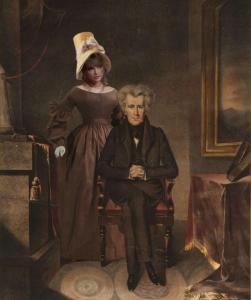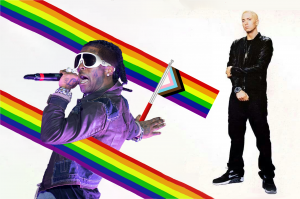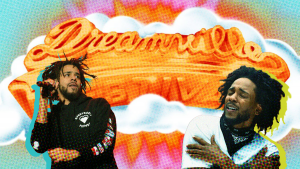Liam Neeson has entered a bizarre career renaissance as of late. Since “Taken” in 2008, Neeson has become something of a millennial Harrison Ford, getting tossed around into action and conspiracy films leaving huge paychecks in his wake after mostly appearing in highbrowed films throughout the ‘90s, such as “Schindler’s List” and “Les Miserables.”
It’s not unusual for actors to move from one sort of role to another, particularly as they get older. Rip Torn went from mostly playing hard-lined hippies and journalists throughout the ‘60s and ‘70s to becoming a foulmouthed near omnipresent comedic boss starting with The Larry Sanders Show in 1992 up until his recent run on 30 Rock. More recently, and funnier in a more inadvertent way, Nic Cage has gone from being a guaranteed bankable name in movies like “Moonstruck” and “Leaving Las Vegas” to making Z-Grade schlock in movies such as “Seasons of the Witch” and “The Wicker Man.”
Neeson brings up interest because he has become such a focused case of the phenomenon. His films since “Taken” have been almost universally action focused, barring a few brief forays into mostly critically panned indie territory, such as “Chloe” and “After.Life” in 2009.
So what’s the deal with his mammoth success in this regard? Despite his turns in Oscar nominated fare such as “Schindler’s List” and “Kinsey,” Neeson has always been an actor that can lend an aura of gravitas to roles that might not deserve them. Despite having no real role in the story, the grace Neeson brought to Qui-Gon Jinn in “Star Wars Episode I: The Phantom Menace,” is one of the bright points of the film. He brought the same necessary intensity to Sam Raimi’s cult hit, “Darkman,” giving sentences like “give me the f*****g rabbit” a level of emotion the line might not deserve.
I’d feel pretty confident saying that Neeson’s more recent roles in movies such as “The A-Team,” “Clash of the Titans” and “Unknown” are nowhere near up to his skills, but he puts an impressive amount of effort into his roles, even when they may not deserve it. His appearance in Paul Haggis’ “The Next Three Days” is one of the few bright spots in a mostly dull, lifeless and by the numbers caper.
That’s the power of Neeson and it’s what’s making him so relevant today, particularly with the state of action films. While the mid ‘80s focused on buff, singularly focused and violent individuals, the shift in film that started in “The Bourne Identity” has put the focus increasingly on action heroes that are able to think as well as they can fight. Recent critically lauded action films such as “Hanna,” “Red” and “Haywire” have played with the rules of the traditional action protagonist.
Actors that can lend gravitas to a genre once inhabited solely by a meathead action star are now welcome. If there’s anyone that can singlehandedly represent this trend, I’m pretty pleased that it has to be Liam Neeson.




